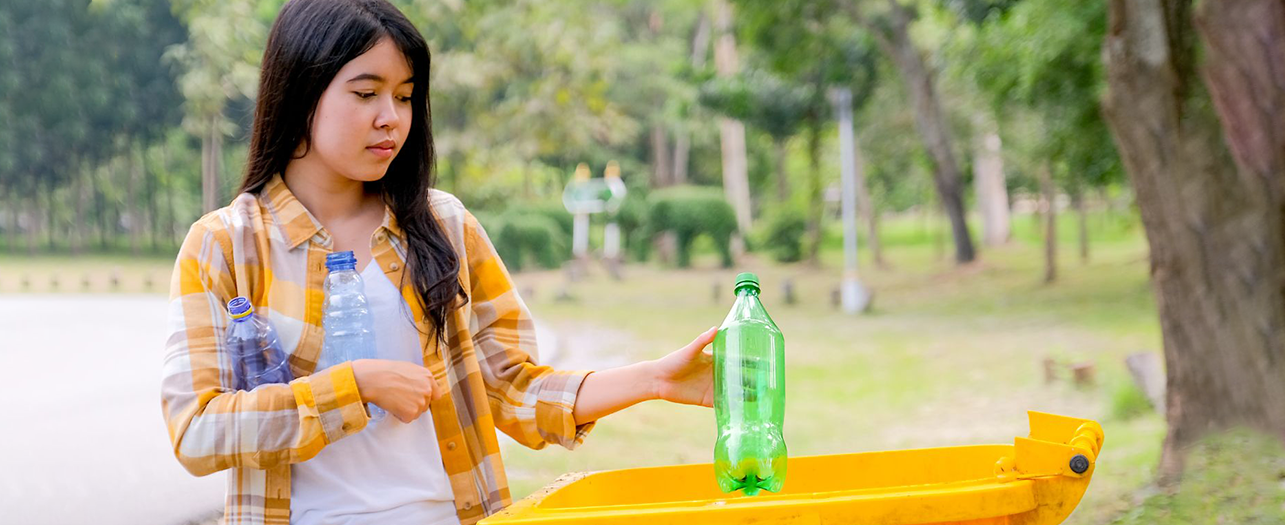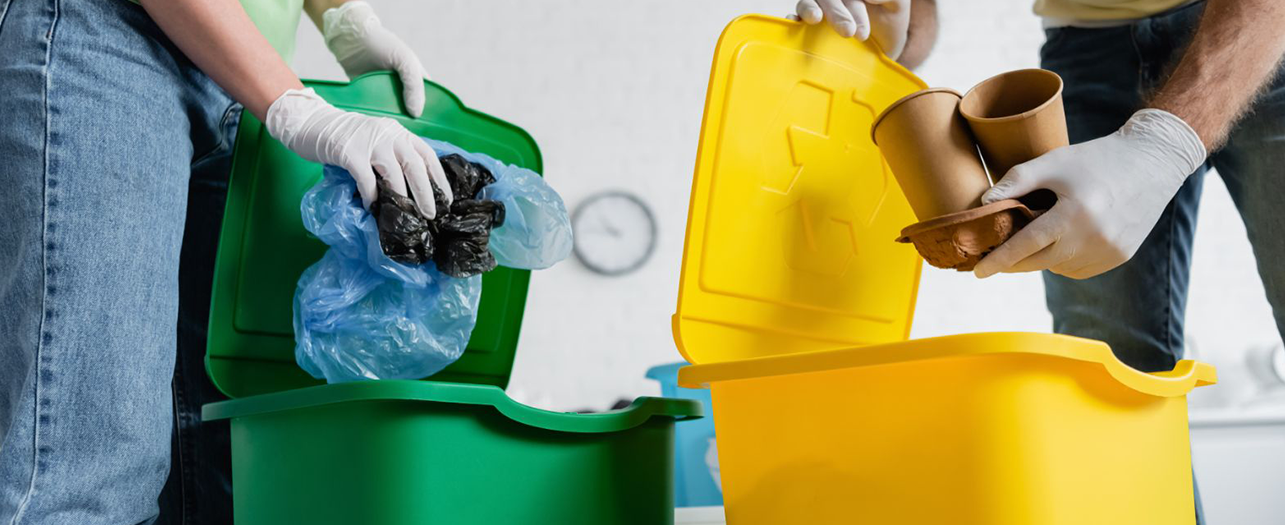Effective waste disposal in schools and campuses is practical, visible and repeatable. A good system reduces clutter, lowers risk, supports sustainability goals and teaches students practical habits. The guidance below is written with everyday operations in mind and is suitable for primary schools, secondary schools and university campuses.
Set Clear Goals and Roles
Start with a simple plan that assigns responsibility. School leadership should set the policy. Facilities staff handle daily collection. Teachers and student groups support segregation and awareness. Clear roles help turn high-level intentions into routine actions that run smoothly across the site.
Adopt Color Coding for Waste Disposal
Color coded bins make segregation intuitive. Use a limited palette and keep labels consistent across classrooms, canteens and service areas. When staff and students see the same scheme everywhere, compliance improves. Visual cues help reduce contamination and make downstream sorting easier for contractors.
Practical Steps for Classrooms and Offices
- Place a small desk-side bin for mixed waste and a separate paper bin for classroom paper.
- Post simple instructions on how to dispose paper waste and what belongs in the paper bin.
- Encourage reuse before disposal, for example by using scrap paper for notes or art projects.
- Rotate simple classroom drives to collect batteries and small electronics for proper disposal.
Food Waste Management Options
Canteens and cafeterias need a clear approach for food waste. A food waste disposal unit can be suitable where plumbing and maintenance allow. Alternatively, dedicated organic bins with frequent collection keep kitchens tidy. Coordinate with contractors who accept organic streams for processing or redistribution.
How to Manage Waste Disposal Across The Site
A coherent approach makes site-wide handling predictable. Use standard container types for high-traffic zones, lockable skips for stores and workshops, and interim balers for large volumes of cardboard. A shared calendar for collection days keeps staff and contractors coordinated. Regular, short briefings help staff adapt to temporary changes such as events or exams.
Design Back-of-House Routes for Efficiency
Aim for routes that minimise the need to carry full containers through public areas. Locate interim storage and skips near service entrances and keep those areas secure. Simple design choices reduce spill risk and speed up collection rounds.
Training and Student Engagement
Training does not need to be formal or long. Short, practical sessions for janitorial staff, a syllabus brief for teachers and periodic student campaigns work well. Student-led recycling clubs can support ongoing efforts and turn waste disposal into a learning opportunity.
Manage Special and Hazardous Waste
Schools generate small volumes of hazardous items such as batteries, lab chemicals and light fittings. Keep these items separate in secure containers and arrange licensed collections. Avoid mixing them with regular streams to protect staff and students.

A Small Operational Checklist
- Label bins clearly and use the same color scheme across the site.
- Provide a visible calendar of collection days.
- Use a food waste disposal unit only where maintenance and plumbing are appropriate.
- Keep hazardous items in sealed containers for licensed removal.
- Run short training sessions for cleaning staff and teachers once per term.
Monitor, Pilot and Improve
Start small with a pilot area such as a single building or the main canteen. Use feedback from staff and students to adjust container sizes and placement. Small trials reduce disruption when broader changes are introduced.
POWER Bear Bins are Campus Gamechangers
POWER Bear supplies durable, clearly labelled plastic bins, lockable skips and compactors that suit educational settings. Equipment that is reliable and easy to maintain supports steady segregation and makes daily waste disposal less time consuming for facilities teams.
Conclusion
Proper waste disposal in school settings is a matter of clear rules, the right equipment and ongoing engagement. By using consistent color coding for waste disposal, simple classroom habits, and practical site logistics, educational institutions can make waste disposal part of everyday learning and operations.


